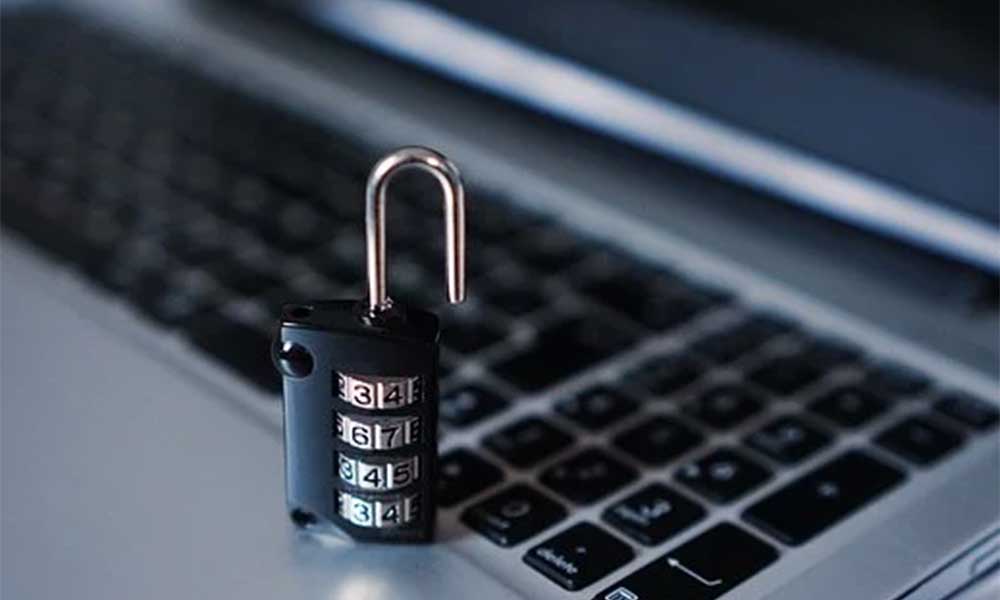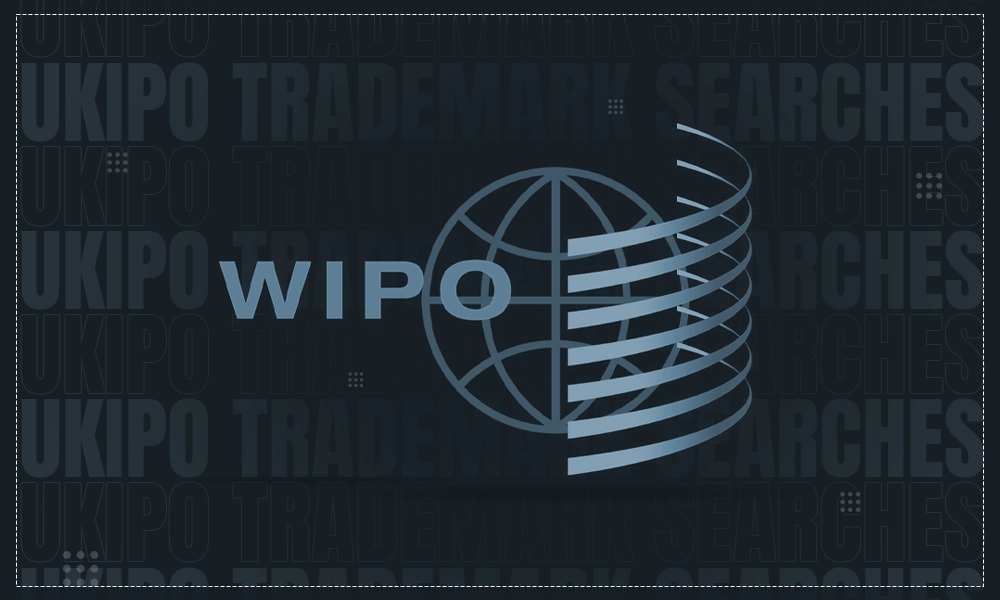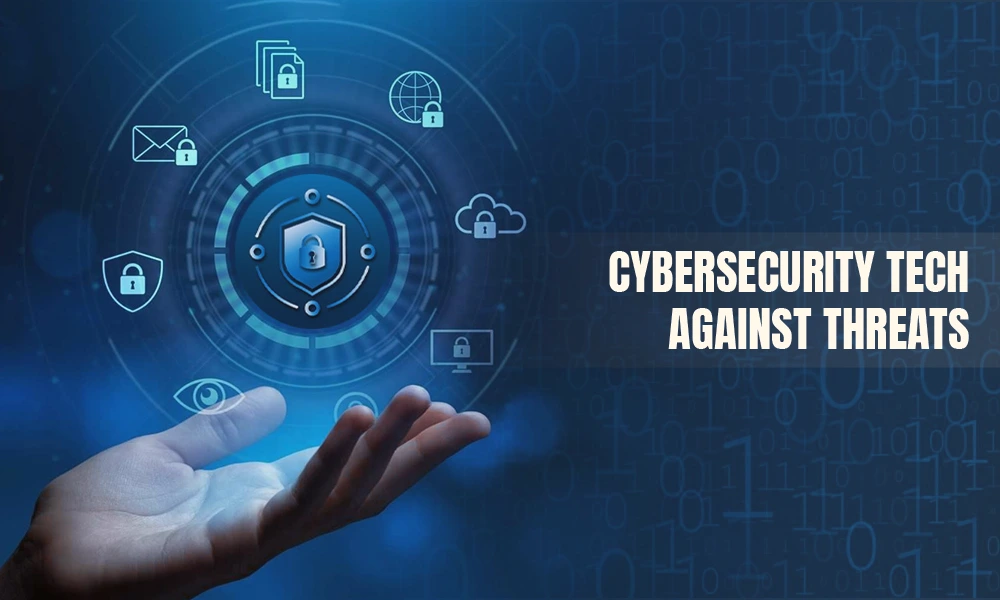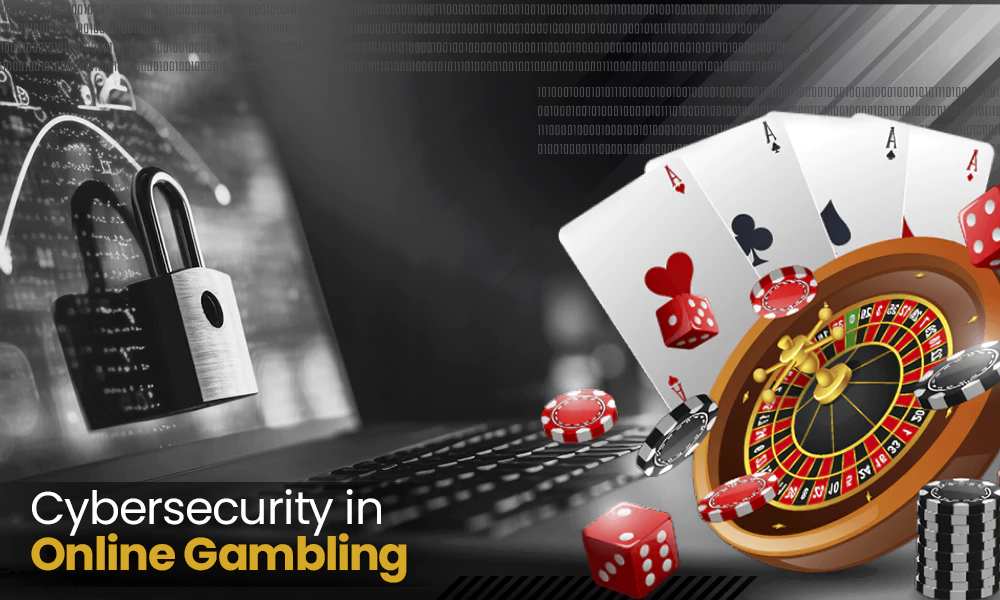7 Ways to Protect Your Email From Hackers

It’s easy to forget about the technology protecting you while you play and go about your daily tasks. Your email may be used for almost anything on the internet after it has been hacked. Cybercriminals may try to steal your personal information, such as your payment information, from an online account. They could attempt to access your online banking account. Perhaps they’ll start harassing your pals via Twitter and Facebook using a fake account to obtain even more data. This would be bad for your image and might result in a lot of unhappy friends. Hackers have every motive to try to get into your email account. For starters, email is the most widely used method of online communication today, but, more crucially, it’s the unique identifier for many online account logins, which is why thieves continue to target it.
It’s critical to keep your email safe! Here are some simple methods to keep yourself safe online. They may also assist in securing the emails of those loved ones around you, as well as keeping your email safe from hackers.
Avoid Public WiFi
Most people using public WiFi have a lot of valuable and potentially sensitive information on their devices, some of which might be dangerous if a hacker gets their hands on it. Unfortunately, the majority of public WiFi users are likely unaware of the dangers they are exposed to. If you want to be secure when using public WiFi, you must first understand the hazards. When you’re not at home or you’re on the road, use your own computer or mobile device to access the internet, with your VPN turned on, of course. Other individuals can access public computers in hotels, for example, and install keyloggers or other malware, which can come back to haunt you. When feasible, perform your online banking or access other highly personal accounts on your secure home network.
Use Up-to-Date Software
You will be pleasantly surprised at how far our hardware has come. If your operating system receives a security update, install it right away. This is a fundamental concept in information security. Updates frequently include security enhancements, so if one is available, install it immediately. Updating software is a fundamental and straightforward strategy that many firms overlook. This might be a platform for your content management system, a cloud-based tool, or any other application you utilize. Security methods are always being added to software and technology products, but they won’t operate if you don’t update your applications and tools. In the settings of your tools, you may enable an auto-update function that will automatically update the solutions you’re using.
Do Not Click on the Strange Link
Phishers frequently send legitimate-looking links through email or text that, if opened, allow them to steal your personal information. Malware-infected email attachments are another common source of cybercrime. Avoiding these frauds is as simple as not clicking on the links or files. Instead, open a new browser and go to the company’s website to examine if the information offered corresponds to the official source.
Use a Trusted Password Manager
Change all of your internet passwords to secure, unique ones using a trustworthy password manager. Credential stuffing is a hacking technique in which hackers pack previously acquired usernames and passwords into as many internet accounts as possible because many usernames and passwords are the same across several accounts. Consider how many of your own accounts have the same password for a single email! It takes effort to create a unique password for each of your online accounts, but it’s worth it to prevent credential stuffing attack.
Utilize Two-Factor Authentication
This extra layer will change the control you have. Just make sure you do not lose your authenticator! Set up two-factor authentication (2FA) as an extra layer of protection for the accounts that offer it at the same time you set up your passwords. This is especially critical to avoid password resets that aren’t permitted. When it comes to setting up gadgets in your house, follow the same guidelines. Not all email providers support two-factor authentication. Check to see what levels of protection are available when signing up for an email service, such as 2FA through SMS or app-based authentication like Google Authenticator. The fundamental advantage of 2FA is that it adds a second layer of protection, such as a one-time password given through text message to a smartphone. A new login may apparently be completed only by the person who has access to your device. It can also notify you if someone is attempting to log into your email account.
Use Good Programs
With real-time protection from phishing attacks and dangers like malware, ransomware, and more, a decent antivirus sets the standard for safeguarding your information. Your computer, laptop, Android smartphone, and other gadgets should all have antivirus software installed. Use a VPN to encrypt your internet connections and remain anonymous. When it comes to securing your personal information, there’s no excuse not to. While you’re at it, use the VPN to improve your internet surfing experience, with fewer advertisements, less monitoring, and, of course, greater peace of mind that you’re safe.
If You are Already Hacked
Put a freeze on your accounts as a last option if your email has been compromised. It’s simple to set up, and it gives you greater control over who may access your accounts. If someone wants access to your credit report while making a purchase (such as a car or another expensive item), you may quickly switch the account back on and then reinstate the freeze.
Final thoughts
Follow the basic guidelines above to avoid becoming a victim. Taking these precautionary measures may not prevent spammers from accessing your mailbox, but they will help to keep hacking attempts out of your inbox.










